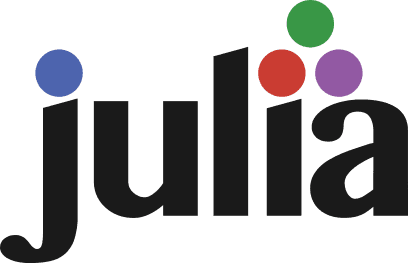IT Solutions
IT Risks in Audit
An Essential Guide for Auditors and Businesses
Apr 3, 2024
Key Areas of IT Risk in Audit
Data Integrity and Reliability: Errors, corruption, or manipulation of data in IT systems can undermine audit findings. Auditors must assess data integrity controls and have procedures to identify potential inconsistencies.
System Availability and Accessibility: Disruptions to IT systems (e.g., through downtime, cyberattacks) can delay audits and impact access to crucial data.
Cybersecurity Vulnerabilities: Auditors use IT systems that may be vulnerable to data breaches or unauthorized access. Security breaches can compromise the confidentiality and integrity of audit workpapers and sensitive client data.
IT Governance and Change Management: Inadequate governance and poorly managed changes to IT systems can introduce errors and increase audit risk. Auditors should assess whether established policies, procedures, and change management processes are robust.
Third-Party IT Risks: Auditors often rely on IT services from third parties (e.g., cloud providers). Vulnerabilities in these providers' systems can indirectly impact audit quality and data security.
Specific Examples of IT Risks
Inaccurate Calculations in Spreadsheets: Errors in formulas or manual data entry can lead to incorrect audit findings.
System Outages During Critical Audit Periods: These can significantly delay audit timelines and increase costs.
Ransomware Attacks on Audit Firms: These attacks can encrypt audit data, disrupting operations and potentially leading to data leaks.
Inadequate Access Controls: This can allow unauthorized individuals to view or modify sensitive audit data.
Third-Party Data Breaches: A security breach at a cloud provider used by the auditor could compromise client data.
WHY?
Audits rely heavily on information technology (IT) for data collection, analysis, and reporting. This reliance brings both benefits and significant risks. Understanding and proactively managing IT risks is crucial for ensuring audit accuracy, protecting sensitive data, and maintaining compliance.
Mitigating IT Risks in Audit
IT Risk Assessment: Perform regular IT risk assessments to identify and prioritize potential threats specific to the audit process. This should be a collaborative effort between auditors and IT specialists.
Strong IT Controls: Ensure IT systems have appropriate safeguards, including access controls, encryption, data backups, disaster recovery plans.
Cybersecurity Awareness: Train auditors on recognizing cybersecurity threats (like phishing scams) and safe computing practices.
System Testing and Validation: Regularly test IT systems used in audits to verify their accuracy and reliability. Include stress tests to assess resilience.
Third-Party Due Diligence: Assess the IT security practices of third-party providers used in audits. Include security requirements in contracts.
The Bottom Line: In today's IT-driven audit landscape, managing IT risks is not optional – it's integral to ensuring the integrity and value of the audit process.
written by: Matthew Drabek
…reach out for bespoke solution
For our Services, feel free to reach out to us via meeting…
Please share our content for further education


